‘Tis the birthday of Jesu, a day celebrated by buying expensive gifts that are rarely what’s really wanted or muchly appreciated, a day marked by eating and drinking to satiety and beyond, and presided over by the patron saint of commercial excess, St. Santa of Claus, the sacred rites being performed before the high altar: a synthetic tree covered in gaudy baubles signifying … nothing. But this year is different.
I walk along a dusty street towards the celebration hall. Today we’ll gather, more than 400 of us, to celebrate the birth five years ago of The Little Prince, a charming young boy, so full of life and energy. TLP is dressed like a little maharajah from turban top to gold brocade shoes.

He’s playfully chasing after his friend who clutches a bag of crisps. They seem oblivious to the assembling crowd.
In the kitchen the caterers have ready vast woks of boiling oil

and great bowls of food.

The hall is decorated with balloons, and there’s a montage of photos from TLP’s life so far.

Tables are dressed ready for the first batch of diners. Before I can take it all in a small paper cup of sweet, milky coffee is thrust into my hand and the social round begins. I’m led to chat with various strangers with whm my generous hosts think I’ll have something in common. Remember who’s who and how they’re connected is beyond me, for every young woman is a “sister” and every older one and “aunty”.
The birthday cake, a rather lurid pink affair, is brought in,

and we gather around waiting for TLP sporting his most serious expression to blow out the candles and cut the first slices.

Then it’s time to eat.

We eat in batches of 100. As we are seated large polystyrene plates are placed in front of each of us by one of the caterer’s team, swiftly to be topped with an enormous pile of rice. Then the dishes come in swift succession: dahl, a golden battered and fried slice of aubergine, and fried potatoes.

vegetable curry, potato curry, a battered fish steak, a spoonful of bone-in mutton curry.

As each plate is cleared a blob of date & mango chutney is put on it – a digestif, I’m assured – accompanied by a chip of poppadum.

Being unaccustomed to eating without the leverage of cutlery I was a little slow, so only had time for rasgullah (sweet, doughy milk balls soaked in syrup)

and had to forgo the other desserts (a kind of fudge and a cake) to make way for the next sitting. Regrets, regrets.
Perhaps the most touching moment for me was when an autistic lad spontaneously grabbed me by the hand and then hugged me. Why me, I don’t know. He seemed so guileless. Soon he was pointing at the balloons on the ceiling. It was the work of moments to untwist a bouquet and give it to him.

Soon most of the children had their own balloons to toy with.
Five hours after the start most of the guests had gone. The caterers had packed away their mobile kitchen,

and I walked back home through the still bustling streets.
***
One of the benefits of having a birthday party with lots of guests is that you get lots of presents – in this case sack loads of them.

It’s fun unwrapping them.

Of course, you might end up buried.

***

Thank you, TLP.
[I2011 7]































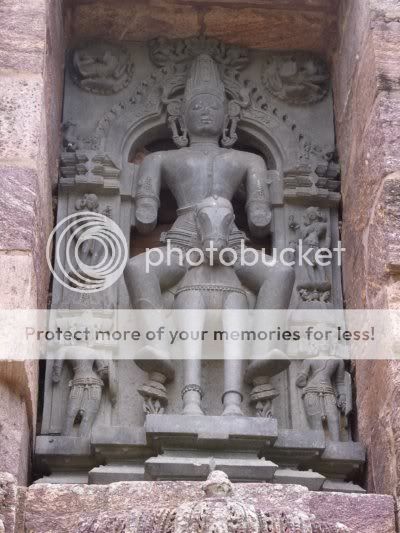



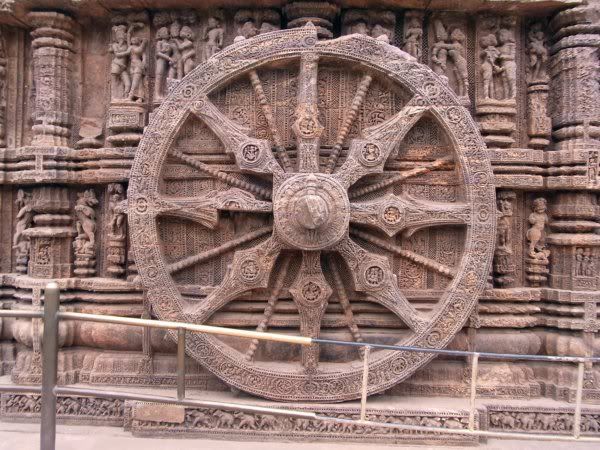
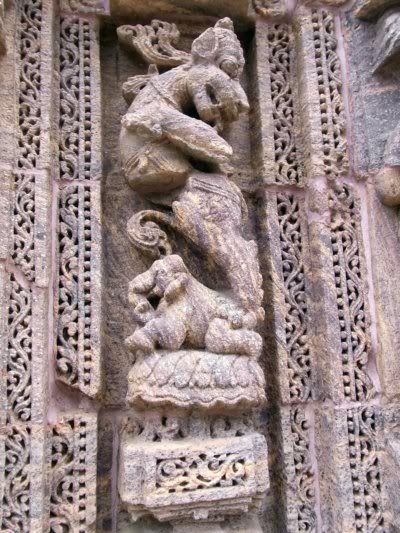
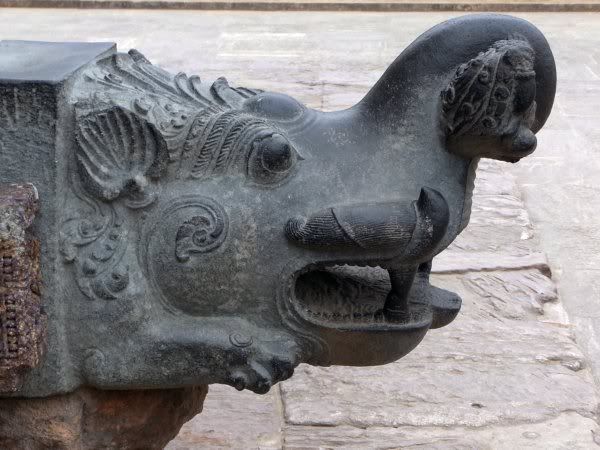
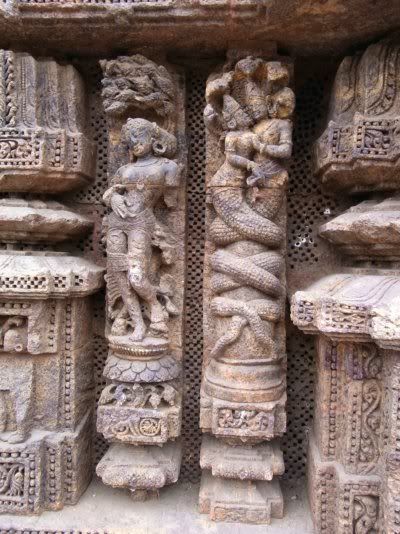

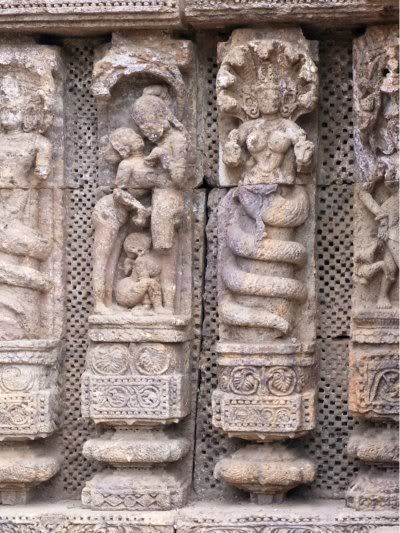



Recent Comments